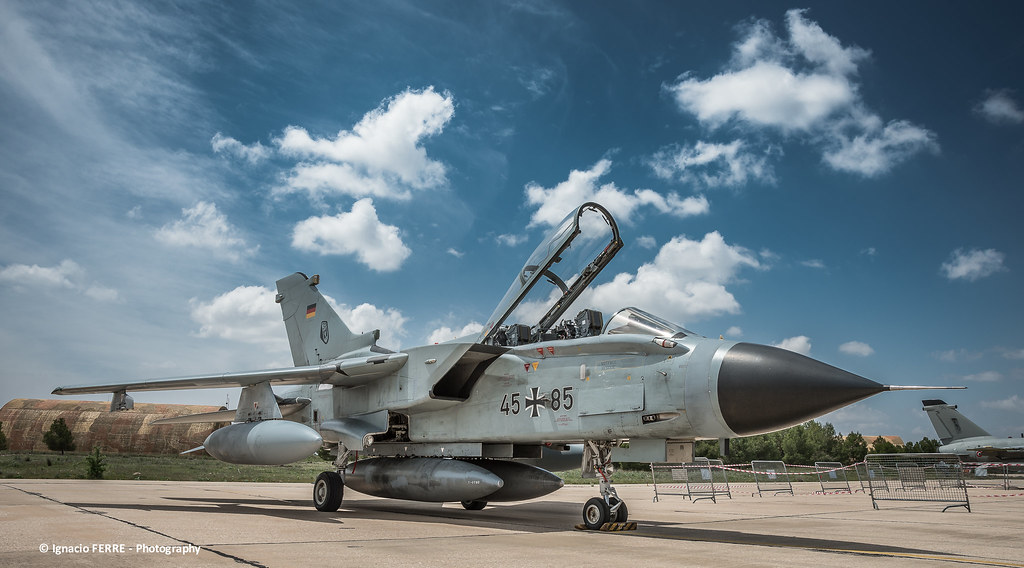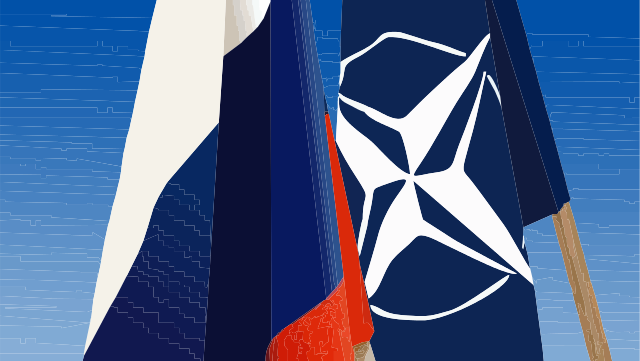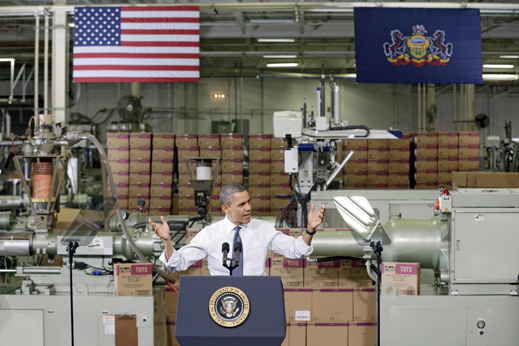The Alphen Group, a European Atlanticist think tank concerned with geopolitics, strategy, and innovation, released its politico-strategic vision for the upcoming 2022 NATO Strategic Concept with an emphasis on European ‘strategic responsibility’ and improved transatlantic burden-sharing with “… the creation by 2030 of a more balanced Alliance in which the European allies produce a sufficiency of capabilities and enablers…. to take more responsibility alongside the United States….”. This thesis reflects a changing world that, in the minds of the authors, demands greater European strategic responsibility in NATO. The report expands on the Wales Summit 2014 Defence Investment Pledge and the NATO 2030 Agenda, which emphasize enhancing the NATO-European Union strategic relationship. These agreements propose that the European allies (and Canada) provide 50% of the Alliance’s overall military capabilities by 2030, and that allies earmark 20% of their respective defence expenditures for acquiring and developing equipment.
With the rapidly changing international situation, an aggressive Russia and the rise of an increasingly assertive and revisionist China, the US is pivoting to the Indo-Pacific, which will force Europeans to take more responsibility for their neighbourhood. With this, European allies must invest in developing defence capabilities and building production capacity domestically or in partnerships. However, with the exceptions of France and the UK, most European allies have large defence production and development gaps. This means many NATO members are increasingly turning to Washington to acquire €billions in cutting-edge 5th Generation equipment, especially in the aerospace sector. Hitherto, Germany, Europe’s largest economy, has spent 1.57% of its GDP, or €53bn ($63.8), on defence, a 3.2% increase over last year, but still far from NATO’s 2% goal. While German Chancellor, Scholz has very recently committed to increasing spending by €100bn due to Russia’s invasion of Ukraine, Germany has found it politically difficult in the post-war era to find domestic support for increased defence spending on capability development, especially since Reunification and the advent of the Peace Dividend. This has resulted, as indicated in an internal report, in chronically underfunded armed forces, which means Germany cannot meet NATO’s benchmark of 2% GDP in defence spending and assume European strategic responsibility within the next few years absent Scholz’ new funding commitments. Therefore, it is imperative that he follow through with them.
Regarding NATO’s nuclear-sharing agreement, Germans have had mixed feelings about harbouring US nuclear warheads on German soil. However, due to chronic underfunding of Germany’s defence industries and Europe’s continual disputes over joint defence projects, Germany is also limited in its ability to deliver the B-61 tactical nuclear bomb as part of NATO’s nuclear-sharing strategy. This can be seen in the case of the fighter-bomber jet, the Tornado, which was first introduced in the 1980s but is now set to be retired by 2030 due to maintenance and availability pressures. As part of NATO’s deterrence scheme, the US controls the deployment of the nuclear weapon, but it would be the German Luftwaffe’s Tornados that would deliver the payload in the event of their use. The US and security analysts fear that if Germany did decide to withdraw from the nuclear sharing agreement, other European allies such as Italy, Belgium, and the Netherlands would as well, diminishing what NATO Secretary General Jens Stoltenberg called the alliance’s “ultimate security guarantee.”
This month, Germany turned back to the stealth multirole F-35A fighter as a prospective replacement for the ageing Tornado fighter bomber. It removed the F-35 from the competition in 2019 due to fears that the multi-billion-euro acquisition could weaken the critical development of the Franco-German Future Combat Air System; the 6th Generation jet that is expected for the 2040s. This project has already encountered many political obstacles, with industry giants Airbus and Dassault Aviation vying for the lead role. Initially, Germany considered replacing the Tornado with all Eurofighters and an Electronic Reconnaissance (ECR) variant for the specialized Tornado ECR. Germany then considered a mixed fleet of Eurofighter Typhoon and Boeing’s F/A-18 Super Hornets, as the Eurofighter ECR development and deployment would be lengthy and risky, creating a capability gap. Moreover, in selecting a mixed fleet of Eurofighters, Super Hornets, and Growlers, Germany would be unable to fulfil NATO’s nuclear-sharing agreement after the Tornado IDS was phased out. The controversy increased as the German defence industry and government officials argued that selecting the Boeing F/A-18 would damage the domestic defence industry while increasing costs for taxpayers due to the need to build new infrastructure. In 2020, the German government selected 55 Eurofighters, 30 F/A-18E/F Super Hornets and 15 E/A-18G Growlers to replace the Tornados. The procurement process became further complicated when it was postponed until after the October 2021 federal election, with the newly formed coalition government, including Social Democrats, Greens, and FDP renewing Germany’s commitment to NATO’s nuclear-sharing agreement. This coincided with the removal of the F/A-18F as a certified aircraft capable of carrying the B-61 nuclear bomb, putting the F-35A back on the table due to its nuclear deliverance capability.
While Germany’s potential selection of the F-35A would meet its obligations under NATO’s nuclear-sharing agreement, the capability gap stemming from chronic underinvestment in defence aerospace must still be filled in the meantime by the US and its defence industry giants. Developing advanced capabilities is time-consuming, capital-intensive, and a risky process that requires political will. Currently, Germany has no alternative to the F-35A if they wish to meet NATO’s nuclear-sharing obligations; their Sixth-Generation fighter program is decades away. Even with the new announcement of €100bn in additional defence spending, defence procurement requires research capacity building that cannot be created easily. Politically, acquiring F-35s for nuclear deterrence from the US and its ‘military-industrial-complex’ could potentially create domestic issues for the German coalition government. Ultimately, Germany, a leader in the EU, must also be a leader in NATO. Nevertheless, Germany’s chronic underfunding of critical defence capabilities in aerospace has created economic opportunity costs and political headaches.
Image copyright: German Tornado, by Ignacio Ferre via Openverse. Licensed under CC BY-NC-ND 2.0
Disclaimer: Any views or opinions expressed in articles are solely those of the authors and do not necessarily represent the views of the NATO Association of Canada.




